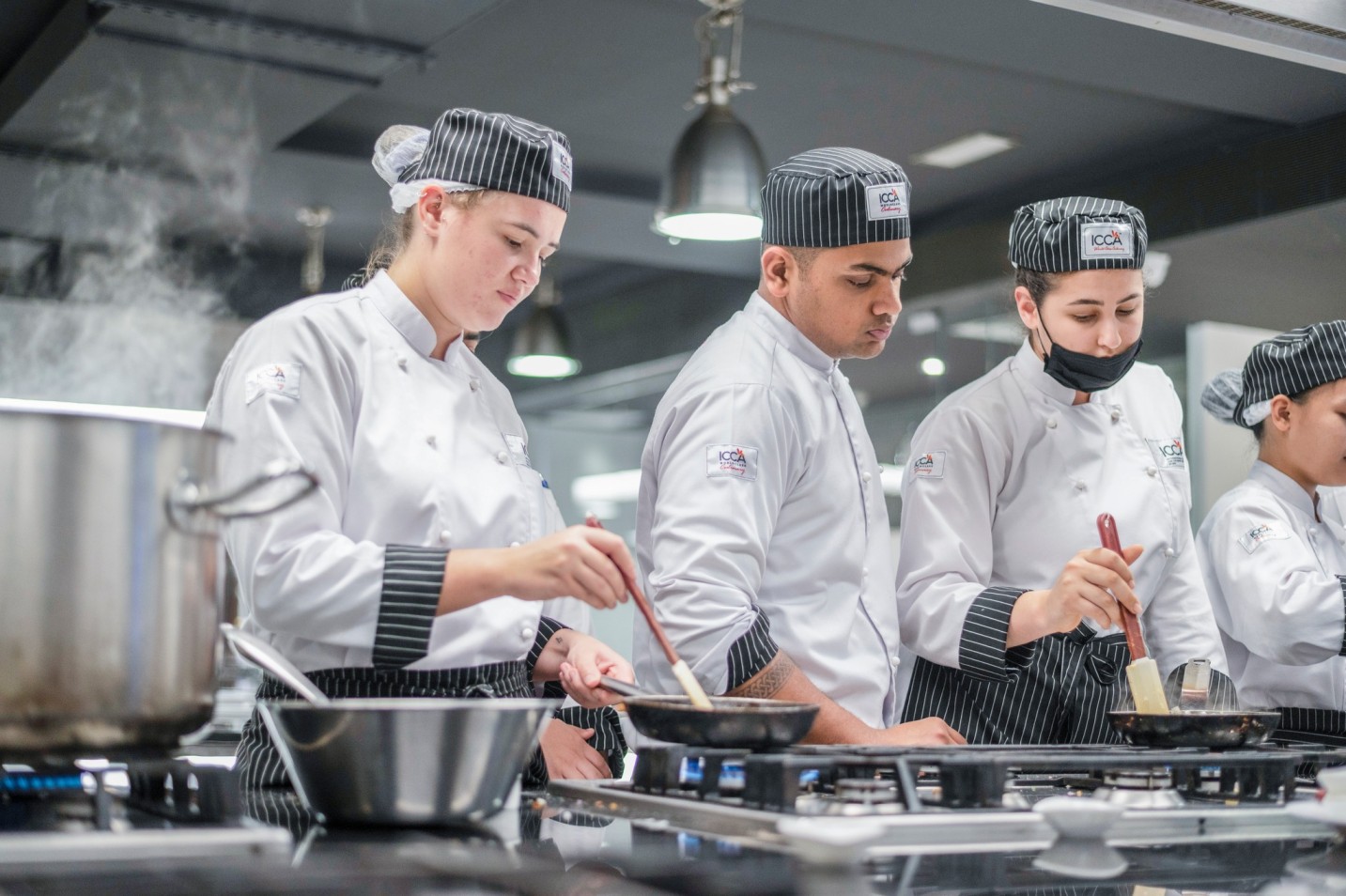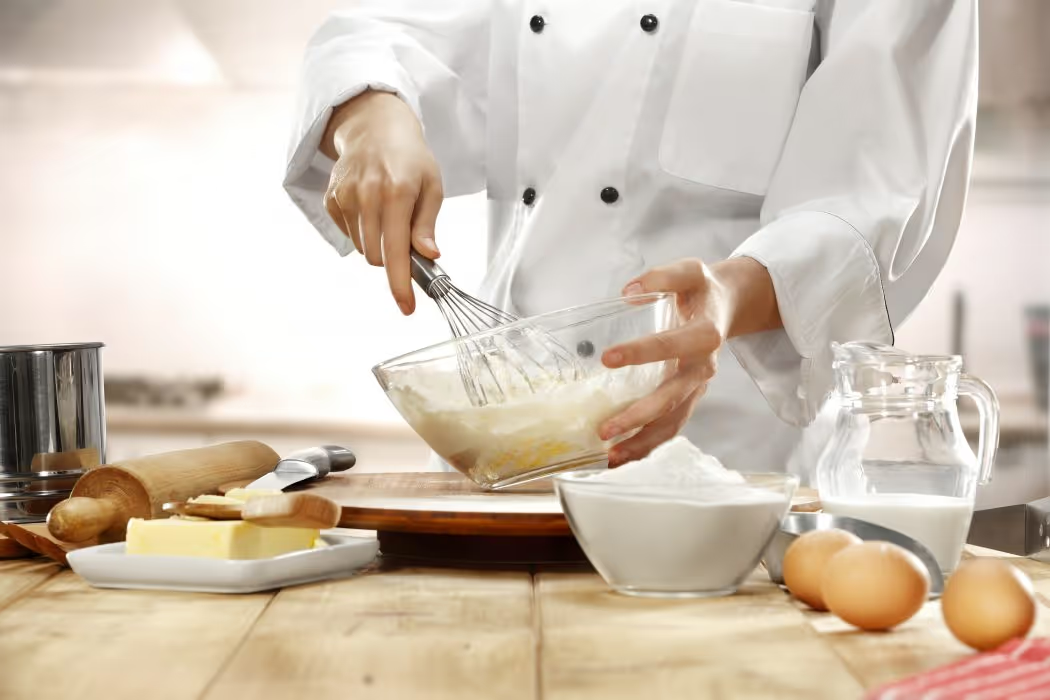Knife skills are fundamental to cooking. They are the first thing culinary enthusiasts learn from parents, YouTube, or by simply observing and imitating. However, the importance of proper technique and cuts to the results of a dish is often overlooked. In addition to improving general safety, using the proper skill and procedure helps to cook fully and evenly and vastly improve the dish’s taste and texture.
Here are some tips to remember and follow while mastering the art of using the knife.
- First, familiarize yourself with all types of knives. Know that there are two broad categories of knives that Chefs use, namely Basic Knives and Specialized Knives. Under the category of Basic Knives are Chef’s knife, Utility knife, Pairing knife, among others, while under the category of Specialized Knives are Turning Knife, Filleting knife, and more.
- Besides knowing the different kinds of knives, it’s crucial to be aware of the color codes of the cutting boards & knives to be used to avoid cross-contamination of food items. For example, we always use a yellow cutting board for poultry, a white cutting board for dairy, etc.
- Simply having the right knives isn’t enough to prepare ingredients perfectly, technique extends as far as being able to make precise uniform cuts. Different cuts will lead to different cooking times and different results. Some of the most common ways ingredients may be cut to change the presentation, flavor, or texture of the dish include sliced, minced, diced, julienne, and more.
- A proper grip and hand position can greatly improve your speed and efficiency while preparing ingredients. By holding the ingredient in a claw like a grip, one’s bent knuckles act as a shield allowing for faster, precise cutting. Additionally, holding the knife in the middle of the handle rather than too far back can increase the amount of control one feels over the knife.
- As most knives used routinely at home may not be as sharp as what may be used in a professional kitchen, there can be disastrous consequences, if proper care and precautions are not taken
- Regularly sharpen the knives, either with a knife block or honing steel, since dull knives are not just a nuisance because of the effort to use them, but they are also an enormous safety hazard.
For those truly interested in elevating their knife skills, the best way to master a technique is to practice. This is where signing up for ICCA’s professional diploma program in Cookery and Amateur Cookery Programs can help as they offer a thorough understanding of these skills and techniques, among others, under the guidance of experienced and industry-trained Chef Instructors that you become ready to chop like a Chef.
By: Amelia D'souza








